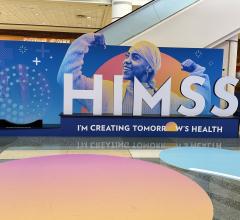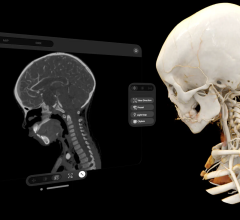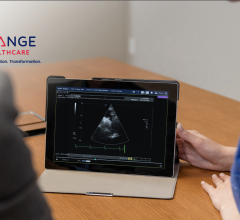January 24, 2013 — BRIT Systems announced new capabilities for their digital imaging and communications in medicine (DICOM) routers that can pre-fetch studies from multiple servers and/or facilities based on select criteria that do not need to include the patient ID. The router morphs the patient ID in a pre-fetched study into the original or trigger ID, storing the pre-fetched IDs into alternate ID fields in both the database and the DICOM header. The new morphing router facilitates the creation of a single patient record and enables clinicians to view all studies on a single timeline. With this capability, clinicians will have access to a complete, cross-facility patient record that can be used to reduce unnecessary or duplicate imaging studies. The new capabilities were highlighted at the Radiological Society of North America (RSNA) annual meeting.
A common issue with sharing patient images across facilities is the lack of a universal master patient number or index. BRIT’s new morphing router tool creates a single database view of patient studies across configured sites without requiring a MPI. The inherent imprecision of the matching is ameliorated through the system manager interface that allows for human interaction to white list or approve a match — such as when multiple ID matches are returned from a single database — and blacklist a match to prevent it from occurring or reoccurring. Extensive logging tracks the morphing process and is readily available to the system managers so they can determine how and when a morphing occurred.
“Our radiologists and their clinicians commonly have patients receiving care across multiple sites where they have different patient IDs,” says Shelly Fisher, president, BRIT Systems. “Using this new morphing router tool, radiology can share patient information across facilities, give the caregivers a single patient record for radiology and prevent unnecessary repeat studies that increase radiation exposure, healthcare costs, and inconvenience to the patient.”
For more information can be found at www.brit.com


 May 01, 2024
May 01, 2024 








